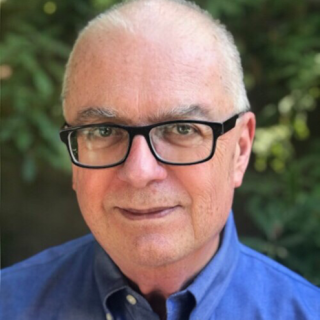Free Consultation: (408) 348-1495Tap to Call This Lawyer
Badges
Claimed Lawyer ProfileQ&A
Biography
Experienced patent attorney with a strong technical background, over 250+ issued patents, and many trademarks.
In addition to my legal background, I have a Biophysics STEM background (PhD) and experience with medical devices, software, electronics, and biotech. I have a lot of experience with startups, due diligence, and litigation support.
Practice Areas
- Patents
- Patent Prosecution
- Trademarks
- Trademark Registration
- Intellectual Property
Fees
-
Free Consultation
Initial discussions are free. Once I understand the nature of the work, if this is a case that I am willing to take, I can generally give a price estimate. This estimate is based on the estimated time (work-hours) and presently (2025) assumes a $350/hour rate. - Credit Cards Accepted
-
Rates, Retainers and Additional Information
Once we agree on the fees, I can accept credit cards through LawPay.
Jurisdictions Admitted to Practice
- California
- State Bar of California
- ID Number: 283095
-
- USPTO patent bar (Federal Jurisdiction)
- ID Number: 60144
-

Professional Experience
- Owner (Solo Practice)
- PatentAssociate - Stephen E. Zweig, PhD JD, Patent Attorney
- - Current
- IP attorney with an emphasis on patent drafting and prosecution, as well as trademarks. I handle a broad range of topics, from simple to complex, but I particularly like technically difficult and interdisciplinary (electronics-software or medical device-biotech) cases.
- Medical device and IP strategic advisor
- CliniSense Corp.
- -
- Ran consulting company focusing on Intellectual Property (patents), and medical devices for Beckman-Coulter and other firms. Among other work, developed a new type of electronic stability monitoring technology (LifeTrack®) to detect deteriorated drugs, vaccines, medical supplies, and other materials.
- Founder, Chairman and CTO
- Avocet Medical, Inc.
- -
- Founded VC backed medical diagnostics company that produced a point-of-care home diagnostic test for anticoagulants (warfarin, Coumadin). CEO 1991-96, Chairman and CTO 1997-2001. Ran R&D, Engineering, and Intellectual Property departments. The product was FDA cleared, and is still marketed as the Acon Laboratories, Inc. "Mission PT Coagulation Monitoring System"
- Director R&D and Operations
- LifeScan, a Johnson and Johnson Company
- -
- Headed up the R&D/operations department that scaled up the "One-Touch", which was the first highly successful blood glucose test strip for diabetes (sales approached nearly a billion dollars a year). After the One-Touch was launched, headed up the R&D team that did the initial R&D for the successful "SureStep" diabetes test strip system.
Education
- William Howard Taft University
- J.D. (2011) | Law School
- Honors: Graduated with Honors
-

- University of California - San Diego
- Ph.D. (1980) | Biophysics - Biology
- Studied how cell membranes work using techniques from biophysics, immunochemistry, and protein chemistry, with focus on red cell maturation during erythropoiesis. Also studied protein chemistry of myosin heavy chain isozymes.
- Activities: Worked under John Singer, discoverer of the fluid mosaic model of cell membranes, now taught in every biology textbook.
-
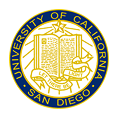
- University of California - Santa Barbara
- B.A. (1974) | Physics, Biology
- Double major in Physics and Biology, with additional courses in Computer Science and Electrical Engineering.
-
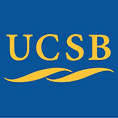
Awards
- Best research paper of 1997
- American Association of Biomedical Instrumentation (AAMI)
- SBIR Phase I and II award
- National Institutes of Health
- Postdoctoral Fellow
- Arthritis Foundation
Professional Associations
- American Bar Association # 02064556
- Member
- Current
-
Publications
Articles & Publications
- Mobile robotic system with web server and digital radio links
- USPTO patent 6,658,325
- Verification device for optical clinical assay systems
- USPTO patent 6,061,128
- Membrane-based dry-reagent prothrombin time tests
- Biomed. Instrum. Tech.
Legal Answers
37 Questions Answered
- Q. How can I protect my idea from theft during the patent process with a company?
- A: You don't specify what type of company you are using. I recommend that you look up the company's track record online to see if it has a good reputation.
Note that many patent attorneys, myself included, tend to be skeptical of invention promotion companies. Consider researching the topic of "invention promotion companies" as well, and be careful.
- Q. What type of lawyer should I consult to protect and patent university-related product ideas?
- A: A patent attorney is the most suitable professional for your idea.
If your idea is for a product that may be particularly useful for universities, then it might be patentable. However, if your idea is about how to run universities more effectively, it may be considered "abstract" and therefore not patent eligible. Software for automating some university functions is in a gray area. It may or may not be patent-eligible.
This is a complex area of patent law, and reasonable attorneys may differ. However, before investing a significant amount of time and money, consider these questions.
A trademark will only protect the name of your idea. If you start a business and begin selling ... Read More
- Q. How to protect my SOS beacon light design despite finding a similar patent from 2010?
- A: It is pretty common to find patents and prior art that may have been previously overlooked. So this is quite possible. You can check for authenticity by looking up the patent online.
Here, the details of what this other patent teaches become very important. If there is 100% overlap with your design, then you are out of luck. But if there are some significant differences, you still may be able to proceed by focusing your claims on these significant differences. Remember, however, that SOS signalling devices are well known in any event.
If you are trying for a US patent, you should cite this prior-art patent at the patent office. Other countries have different rules.
Social Media
Contact & Map
